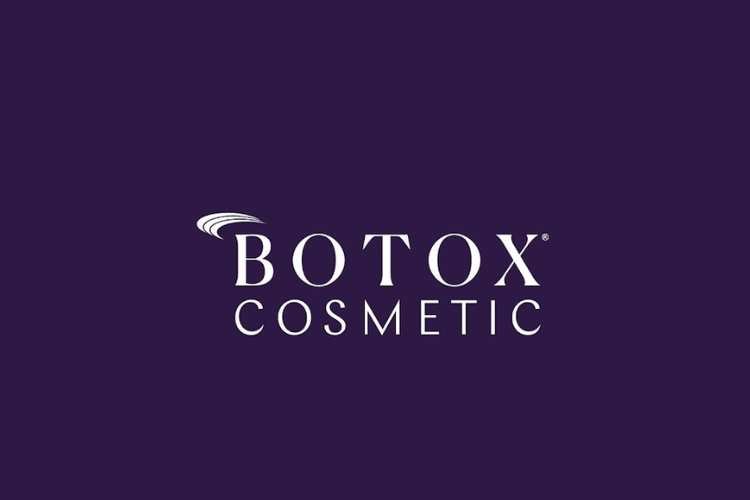Allergan Aesthetics, a subsidiary of AbbVie, has unveiled positive top-line findings from the second out of three Phase 3 clinical trials investigating the use of onabotulinumtoxinA, commonly known as BOTOX Cosmetic, for addressing moderate to severe platysma prominence associated with the activity of the platysma muscle (Study M21-310). Platysma prominence refers to an aesthetically displeasing condition affecting the neck, jawline, and lower face, linked to the contraction of the platysma muscle, which is a flat, superficial muscle in the lower face and neck.
This multi-center, double-blind, placebo-controlled study involved 426 adult subjects with moderate to severe platysma prominence. It assessed the safety and effectiveness of a single onabotulinumtoxinA (BOTOX Cosmetic) treatment compared to a placebo. The primary endpoint was successfully met, showing statistically significant improvement in platysma prominence appearance from baseline with onabotulinumtoxinA (BOTOX Cosmetic) compared to the placebo (p<0.0001), as determined by both investigator and subject assessments. Additionally, all secondary endpoints were met, as measured by several validated patient-reported outcome (PRO) tools evaluating subjects’ concerns regarding platysma prominence appearance, its psychosocial impact, treatment expectations, and treatment satisfaction from the subjects’ perspective.
“We are encouraged by these results, which demonstrated a significant reduction in the unwanted appearance of vertical band prominence on the neck and jawline. These results provide strong evidence in support of onabotulinumtoxinA as a potential treatment option for platysma prominence and once approved, will expand our neurotoxin portfolio into the lower face segment.”
– Darin Messina, Ph.D., senior vice president, aesthetics R&D, AbbVie
Regarding adverse events linked to onabotulinumtoxinA (BOTOX Cosmetic), these were generally mild and aligned with the known pharmacological effects of onabotulinumtoxinA and medical literature. The safety profile of onabotulinumtoxinA (BOTOX Cosmetic) is well-established, and there were no new safety concerns detected. These results are consistent with the preliminary findings from the first Phase 3 trial (Study M21-309), which were disclosed in April 2023.
Further results from the study will be submitted for presentation at upcoming medical conferences. An ongoing Phase 3 open-label extension study is expected to yield results later this year. Allergan Aesthetics intends to include data from the entire Phase 3 study program in an upcoming regulatory submission to the US Food and Drug Administration (FDA), anticipated towards the end of this year.
“Platysma prominence occurs as part of the natural aging process and patients need non-invasive treatment options for the appearance of the lower face and neck and to help improve symmetry between the upper and lower face. Treatment with a proven neurotoxin may help relax the platysma muscle and thus reduce the appearance of vertical neck bands and improve jawline definition.”
– Sachin Shridharani, MD, FACS, lead clinical investigator for the M21-310 study
These promising outcomes signify a potential breakthrough in addressing platysma prominence, offering hope to individuals seeking aesthetic improvements in the neck and lower face region. As the research progresses, it may provide new treatment options and further bolster the safety and effectiveness profile of BOTOX Cosmetic in this particular application.





























